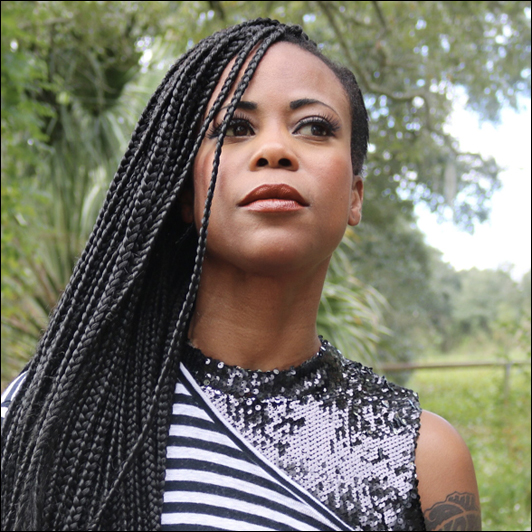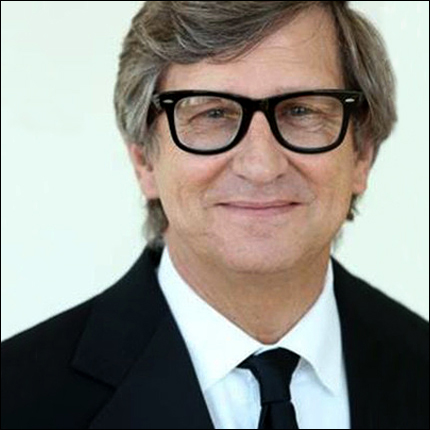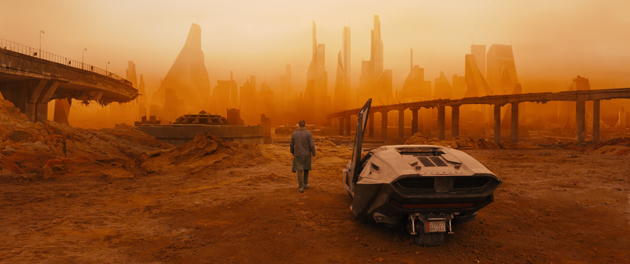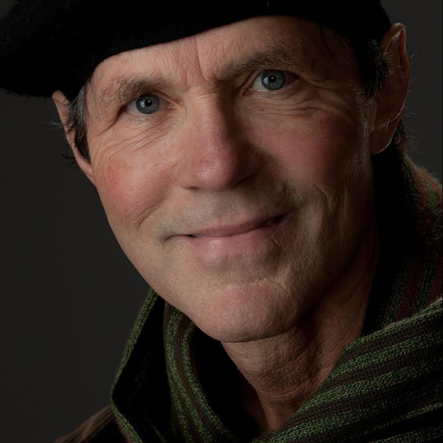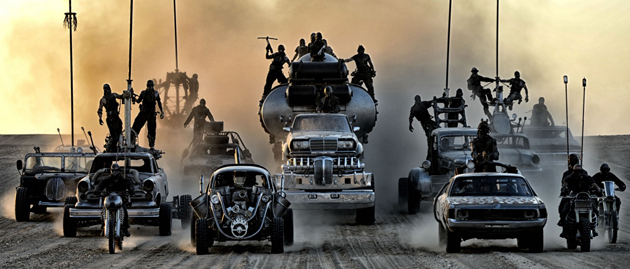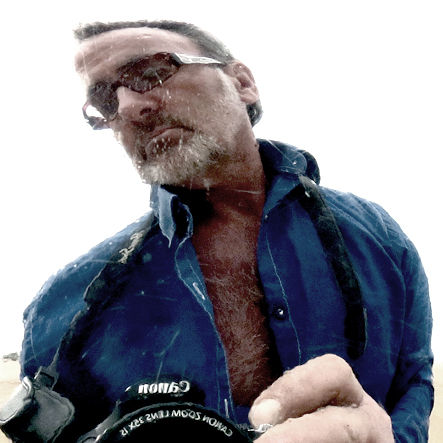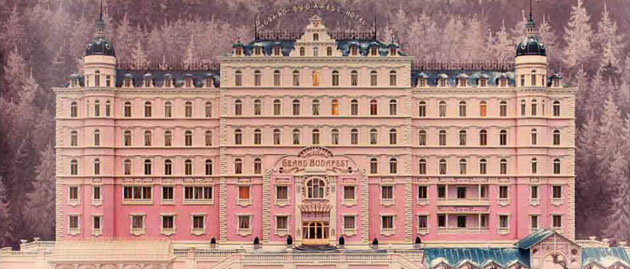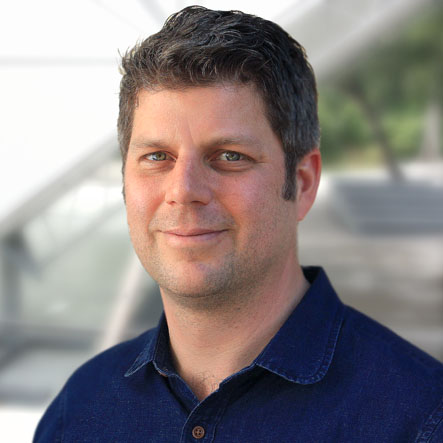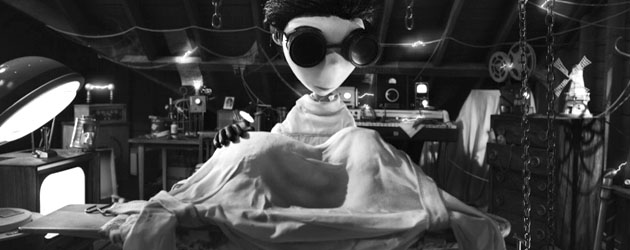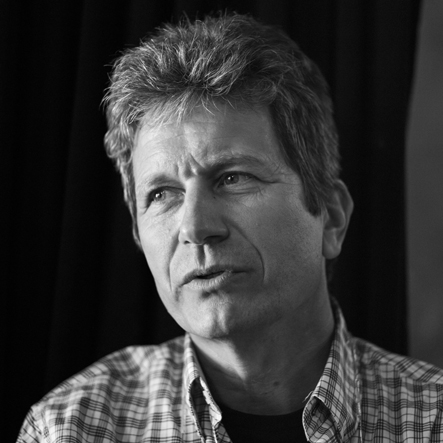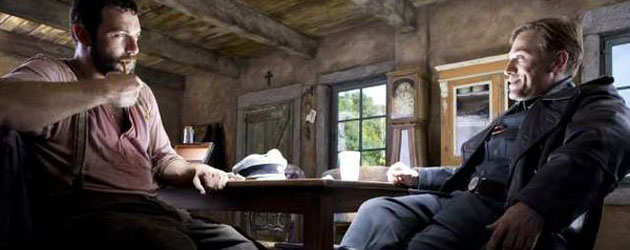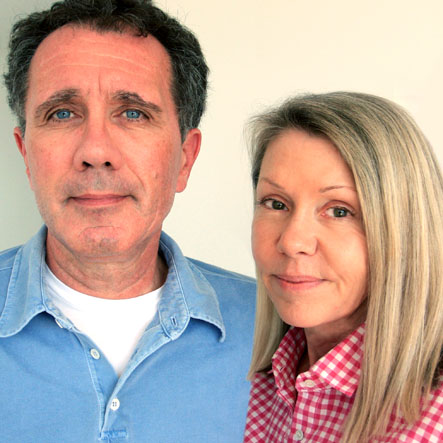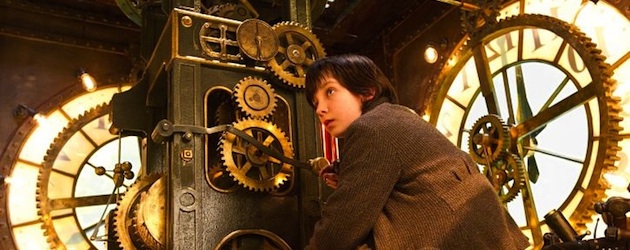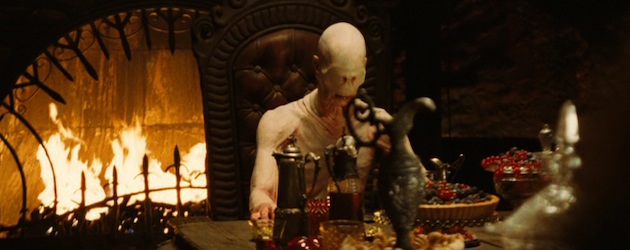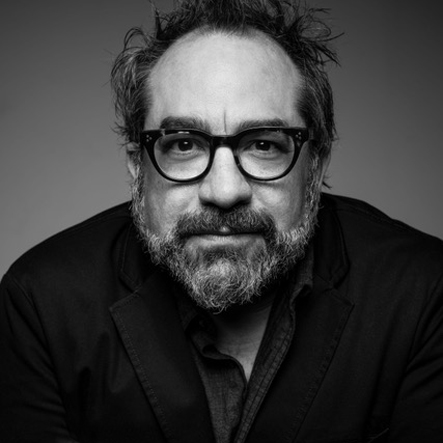Shona Heath and James Price

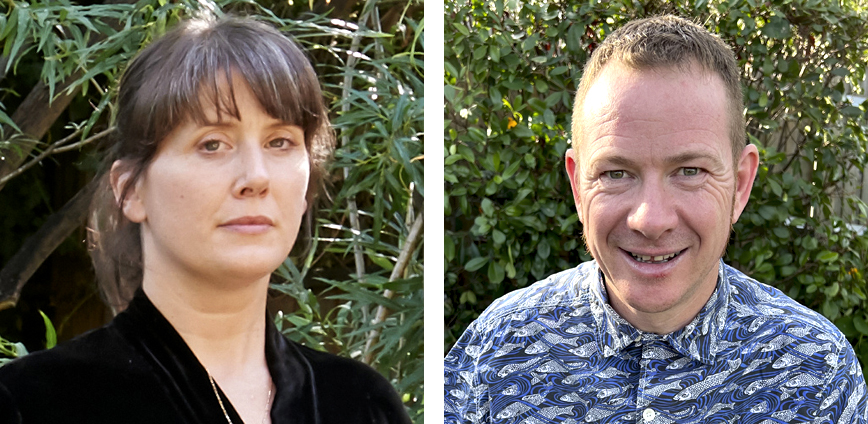
Shona Heath and James Price won Oscars for co-production designing Poor Things, one of the most visually unique, dreamlike movies seen in years. Shona came straight from the fashion world, having never designed a movie before, and James had never designed anything on this scale, but the alchemy of their collaboration made mind-bending magic happen onscreen.
AS: How involved was director Yorgos Lanthimos in the look of the movie Poor Things? How much did he tell you the film had to look a certain way and how much did he just let you go?
SH: He let us go right from the beginning with near enough no direction other than five paintings and a very strict rule that we had to make everything we possibly could. That greenscreen was just not an option. Visual effects were the very last, desperate option. That’s why we ended up with miniatures, skies on LED screens, painted backdrops, all those things.
But he was consistently there very early on in the concepting phase. He really did nurture the seeds that he liked. It grew up around us all and he was very much involved and steering it. The honest answer is nobody knew, until it grew and became more finished, that we did have a world, we did have a direction. There was a feeling to everywhere and it was all linked, and it wasn’t as disparate as it was when you first start off. It feels like this scatter-bomb approach, which feels quite mad, but actually when James and I look back to the very first documents we did, Poor Things was there in the first couple of months.
AS: Some production designers talk about how you “crack the code” of a script or project, that “aha moment” where everything falls into place. Did you ever feel like you experienced that on Poor Things?
SH: I do remember struggling with what the hall was, what the texture or the painting of the hall was in Baxter’s house and Yorgos kept saying, That looks like a renovation, that looks like a restaurant! Then when we got that really deep texture that also had a scenic backdrop painted on top of the texture, he said, Yes, that could work. I remember thinking, I understand now just how far he wants to go with the layering and the richness.

